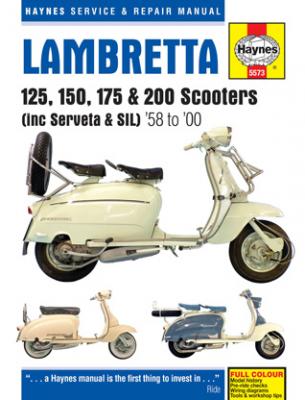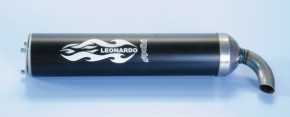Smarter Every Day is a fantastic YouTube channel that really digs into explaining and simplifying how things work. The latest episode looks at carburetors, the device that mixes air and gas with the proper quantity and ratio to be compressed and detonated by the spark plug in the cylinder.
Even if you’ve been fiddling with scooter carburetors for years, you still might have no idea how they actually work. Like many people, you might understand the basic theory of a carburetor, but still feel like there’s a little bit of magic going on in there.
Destin explains the basic concept, then builds a clear model of a very basic carburetor, where you can actually watch the droplets of gasoline being sucked up from the float bowl, diffused in the venturi, and sucked past the throttle into the engine. Turns out it’s better than magic, it’s science magic!
Watch it now, the rest of this post is just my dumb comments…
As Destin’s dad points out, a real carburetor is much more complicated, with with different pathways and jets that can adjust the mixture and flow depending on how wide-open the throttle is. Removeable jets with larger or smaller holes allow further adjustment. And there are different shapes and sizes and designs of carburetors. But boy does this video make it clear how it all works. watching those tiny droplets of gas turned into mist by the suction nearly brought me to tears, especially knowing that a “real” carburetor would meter and disperse the droplets even more elegantly.
So why not just use a bigger jet (or a bigger carb) for more power? Early in the testing, Destin’s dad warns of backfire or damage to the engine if the throttle is too-wide-open. You can actually see backfire shooting out of the intake at the 18-minute mark, weird that they didn’t point it out! You can push the limits with tuning, but scooter engineers know what they’re doing, and your stock carb is designed for long, reliable engine life, maybe at the expense of a little power.
Every scooterist knows you can kill an engine by blocking the air intake. Towards the end, they’re having a harder and harder time killing the engine, because the holes where the choke lever was mounted are open. Enough air is coming through those tiny holes to keep the engine running. This is a reminder that the engine needs to be airtight and any tiny airleak in the carb, gaskets, manifolds, or seals will throw all this precise engineering out of whack. In some cases it can be fixed temporarily with more choke or a different jet, but ultimately airleaks need to be addressed properly for the scooter to really run properly.



 Veloce Books is a British publisher focused mostly on vintage cars and motorcycles. They’ve released several scooter books, some reviewed here in the past, and all worth checking out. Their newest scooter-related endeavor is
Veloce Books is a British publisher focused mostly on vintage cars and motorcycles. They’ve released several scooter books, some reviewed here in the past, and all worth checking out. Their newest scooter-related endeavor is